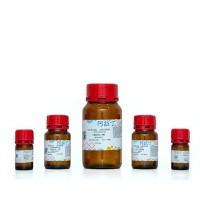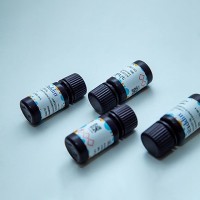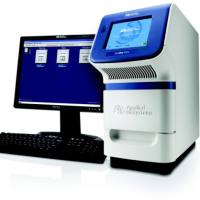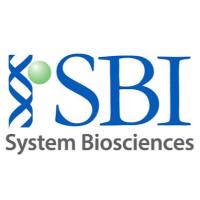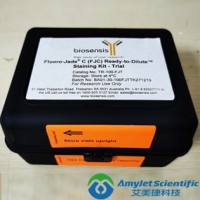Analysis of gene expression at the mRNA level may be used, together with other structural and functional evaluations, to characterize the quality of engineered tissues. In turn, engineered tissues may be used as model systems of developing tissues to investigate how mRNA gene expression is modulated by a variety of factors, including structural (e.g., type of three-dimensional [3D] scaffold), biochemical (e.g., combination of bioactive molecules), and physical (e.g., regime of bioreactor cultivation). In order to reliably evaluate mRNA levels, Northern blotting and in situ hybridization (ISH) methods are not sensitive enough to detect low-level gene expression, and not accurate enough to quantify the full range of expression. An amplification step is thus often required to quantify mRNA amounts from engineered tissues of limited size. Quantification of mRNA using conventional reverse-transcriptase polymerase chain reaction (RT-PCR) techniques may be of limited accuracy, both because of the detection method used (e.g., semi-quantitative image analysis), and because analysis is often performed using a constant number of amplification cycles, after which the system could be in a saturation phase. The recently established real-time RT-PCR technology has made mRNA quantitation more reproducible, precise, and sensitive than conventional RT-PCR, because it allows measurement of the amount of amplified product using a quantitative laser-based method and in the early exponential phase of the PCR reaction, when none of the reagents is rate-limiting (1 ).
